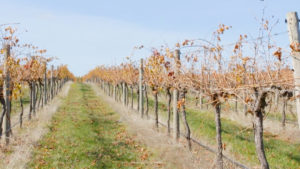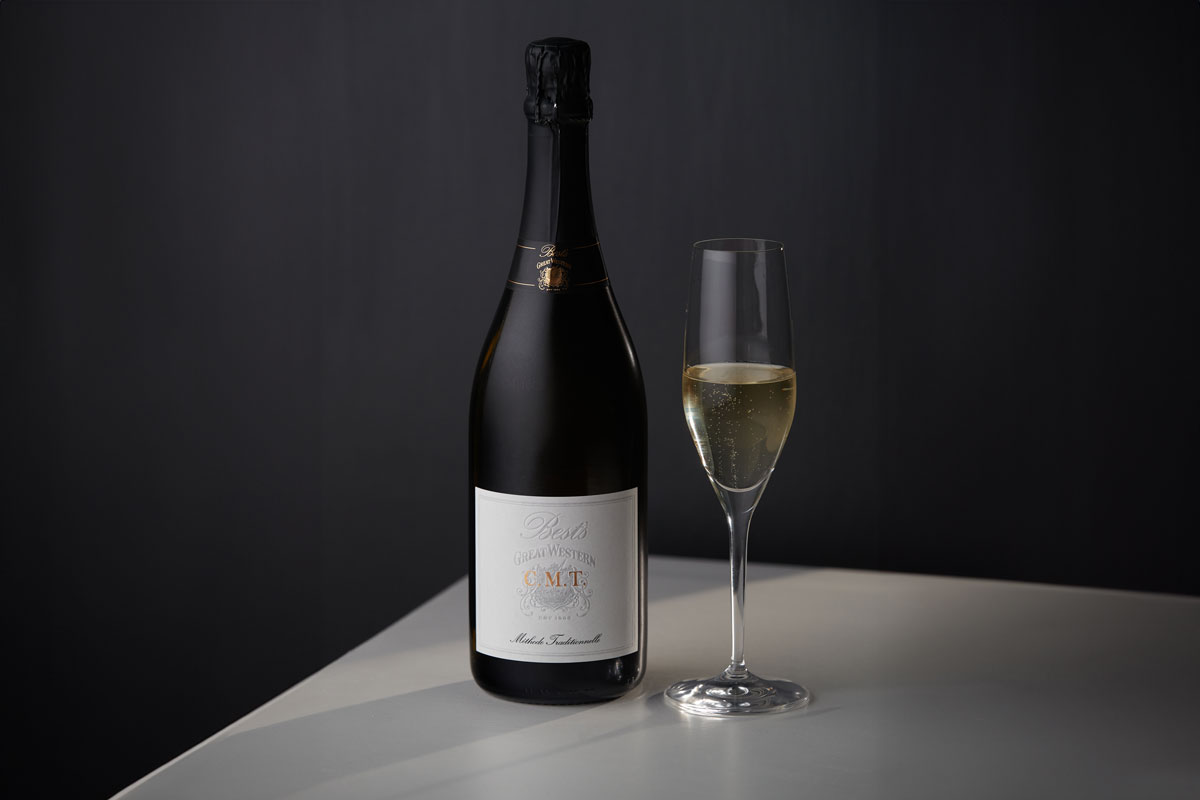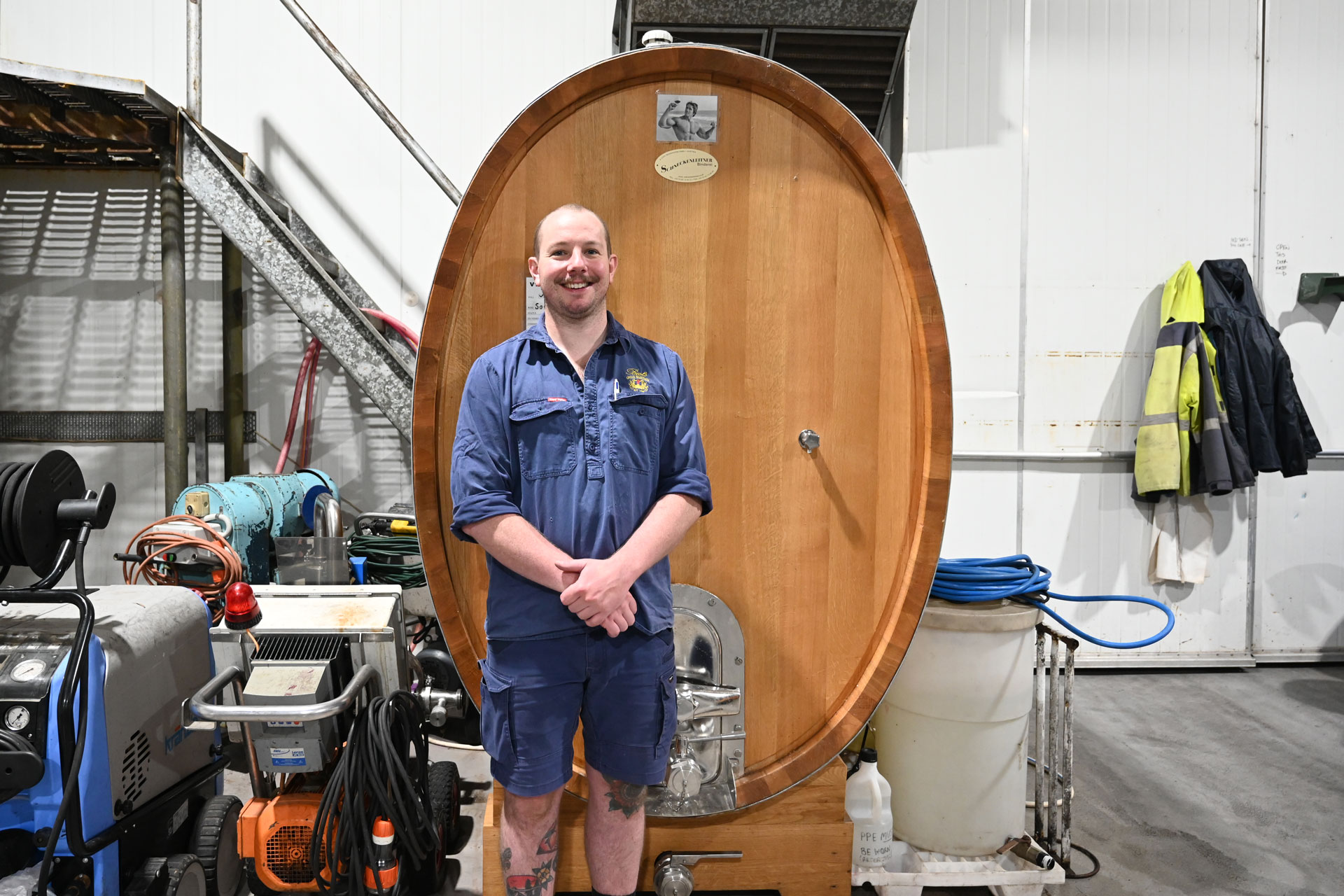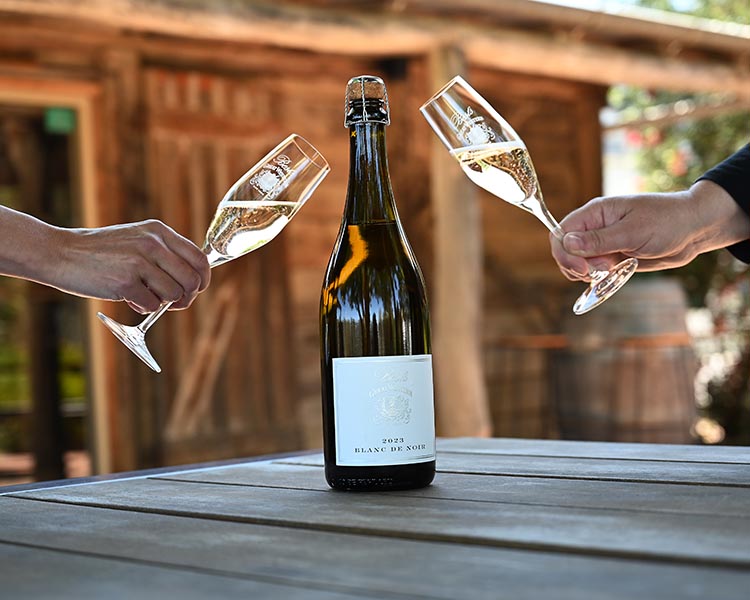5 Things you need to know about Pruning a Grapevine

There are many elements that dictate how we prune our vineyards to give us the best chance of a fruitful (but not too fruitful) and quality crop from year to year. It changes with the seasons and sometimes Mother Nature takes control and it’s out of our hands. But our viticultural team work hard to ensure that our vines are maintained and given every chance to thrive. Different regions, the soil, environment, the grape variety and the resulting wine style will all influence our chosen method.
As the weather turns colder the focus turns to the vineyard to prune whilst the vines are dormant. The following is a list of the five main things you need to know.
1. Why do we prune grapevines?
The grapevine can be a highly productive plant in the right season. By pruning the vine, we can, in effect, ‘tell’ each plant how many bunches of grapes we want it to produce in the coming season. In the Grampians, in Best’s vineyards, we take into consideration the climate, the soil and the age and vigour of the vines when deciding how many buds to leave on the vine as we hand prune. As well as affecting the yield (quantity of grapes produced). Pruning also affects the balance, consistency, sustainability and viability of the resulting crop.
2. When is the best time to prune vines?
Pruning takes place in winter, when the vines are dormant. In setting up a new vineyard, a great deal of care is taken to prune the young vines, particularly in the first three years. This will ensure the grapevines grow in the right way, setting them up to flourish and produce well on their trellis for many years to come.
3. Where should the grapevines be pruned?
Pruning a healthy, established vine is about keeping the pruned canes about a hand’s width apart along the permanent branch of each vine. At Best’s, we aim for this amount of spacing to achieve our yield and quality targets of 6-8 tonnes per hectare of vines. If more spurs (stems with buds) were left on the vine, it would produce too much fruit and foliage, resulting in reduced sunlight reaching the bunches. In other climatic regions, possibly with more sunlight and different soils, more bunches and higher yields may be desired, so fewer canes will be pruned from the vines.
4. Who should prune – is hand-pruning better than mechanical pruning?
Mechanical pruning versus hand pruning is a matter of debate in viticulture. For huge, commercial vineyards on flat terrain, a mechanical harvester can be used to take the old growth off the dormant vine in preparation for the following season. However, for high-quality wines, and in some vineyards where mechanical harvesters cannot be utilised, the precision and care provided by a skilled viticulturalist working by hand is required. This ensures the right vine balance and flavour concentration in the coming year’s crop. Using electric snips for pruning helps us to manage fatigue and avoid RSI (repetitive strain injury). This way, we achieve the same standard of pruning quality at 4pm as when we start at 7am!
5. What’s the best way to prune grapevines?
Depending on the region and climate, there are many ways to prune vines. At Best’s Wines in Great Western we use two main pruning styles: cane pruning and spur pruning. Within these categories there are a number of variations, such as which direction the canes are trained. Whether a single spur (trimmed stem with 2 buds) is left on the vine or a ‘finger and thumb’ (2 spurs with 2 buds each) within spur pruning. In cane pruning, there are arched cane and rod-and-spur pruning methods.
- Cane pruning (also known as guyot) has long been used in many of the world’s cooler climate regions, as it is known to limit frost damage. This is because all the growth is cut back to the trunk after each season, which limits the lignified (woody) growth on the vine. The vine is cut back manually and only one or two canes are selected to produce the following year’s crop. When you get it right, cane pruning should provide more consistent yields, due to sunlight on the extended cane buds producing more fruitful buds than spurs.
- Spur pruning (known as cordon) is a more traditional pruning method, used commonly in regions with warmer climates. However, due to its resulting grape quality and flexibility, this style of pruning is becoming more popular. The cordon (main stem) remains attached to the trellis wire and the vine is pruned back to spurs about a hand’s width apart, each with 2 buds. Here at Best’s and in all good vineyards, we aim to repeat the same spur and bud numbers on the vine every year for consistency and balance of the vine, and to deliver the best fruit possible for Best’s wines.
Robin Kuchel, our vineyard manager at Sugarloaf Creek, explains more about spur pruning below.





